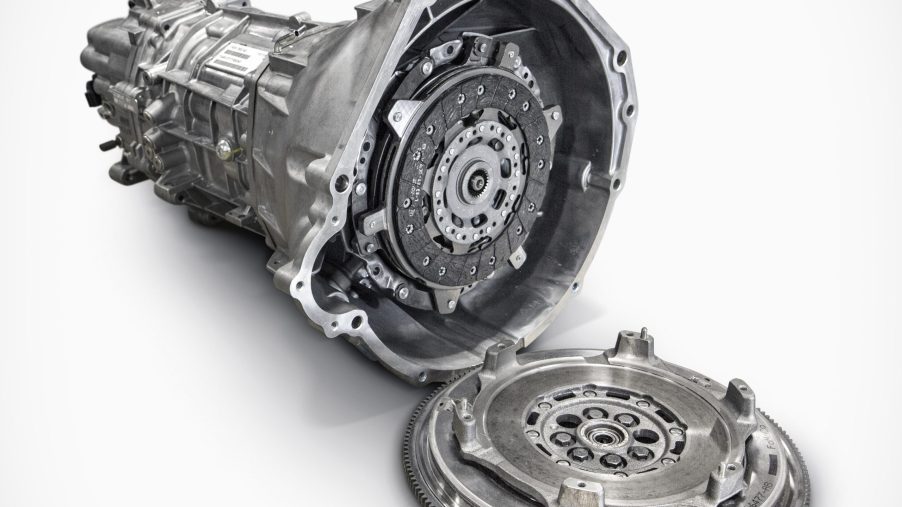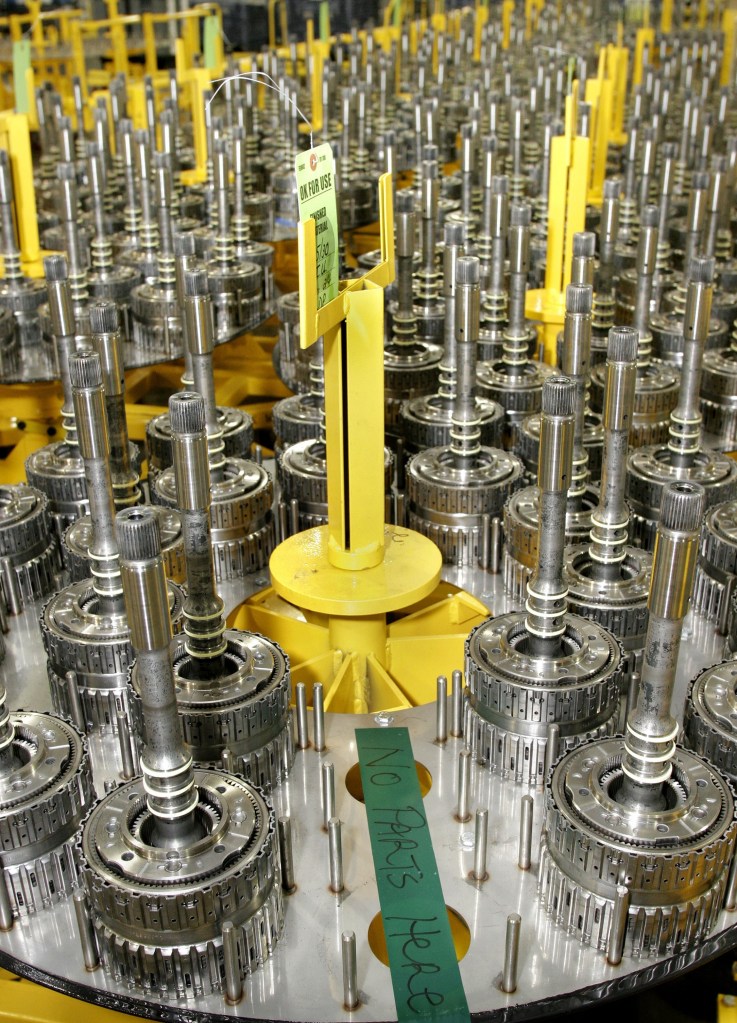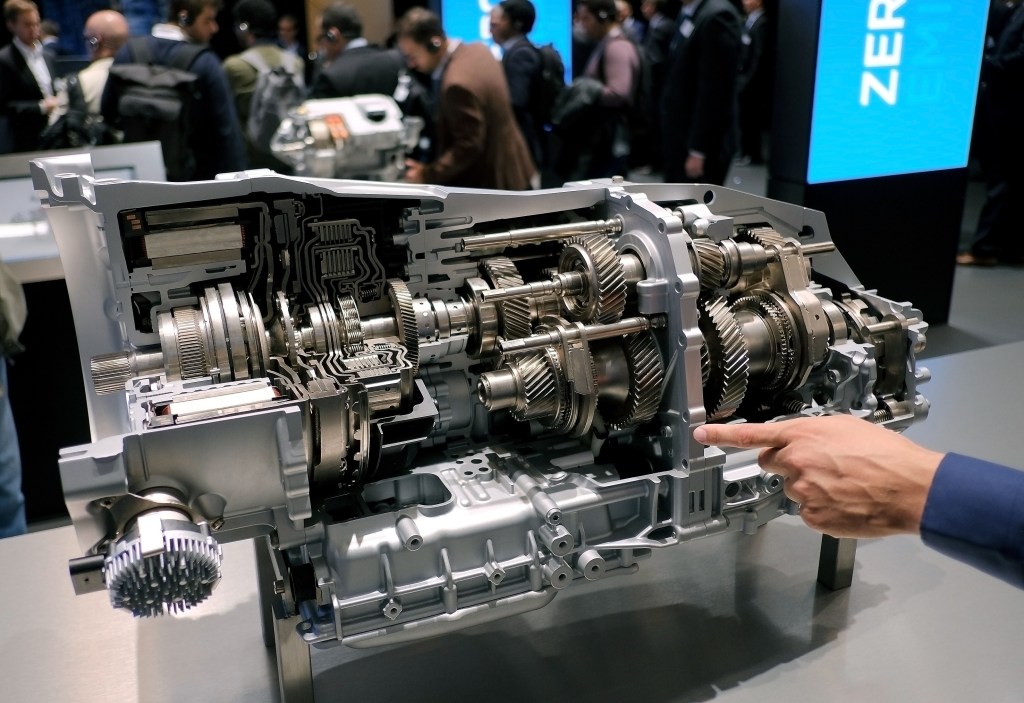
How Does the Clutch in Your Car Transmission Work?
Car clutch guide highlights:
- Whether your car has an automatic or manual transmission, it relies on a clutch to control the link between the gears and the engine
- The clutch usually uses friction-material discs or a fluid coupling to help it regulate the power going from the engine to the transmission
- Even race cars use clutches
Whether they have one speed or 10, cars need transmissions to move. Sure, a car without an engine or electric motor isn’t going anywhere. But without the transmission and rest of the drivetrain, an engine is just a big, complicated noisemaker. And a critical part of this whole driving process is your car’s clutch. So, how exactly does it work?
What does the clutch in a car do?

Depending on who you ask, the clutch is separate from the car’s transmission. However, as you’ll see shortly, that’s not always true. And even in cars where it is, the transmission can’t do its job without the clutch. So, they’re sort of two halves of the same whole.
Semantics aside, clutches aren’t only found in cars, Car Bibles notes. Electric drills use them, for example, as do motorcycles. Practically any device with two rotating shafts has a clutch, really. And they all use them for the same reason: to move power smoothly from one place to another. Which sometimes means keeping the power from flowing.
Here’s how this works. The clutch physically connects the engine’s flywheel with the transmission’s input shaft(s). So, when the former spins, so does the latter. And thanks to a series of interconnected gears, that spins the transmission’s output shaft, which spins the driveshaft and thus the wheels.
However, sometimes you want your wheels to stop spinning. Say, if you’re coming to a stoplight. But that would also immediately bring your engine to a screeching halt. And if you tried to start it back up, it wouldn’t be able to overcome the friction of the shafts, gears, and tires.
That’s where your car’s clutch comes in. It not only links the engine with the rest of the drivetrain, but it also lets the driver freely break and reestablish that link. That way, the engine can drive the wheels when you want to move and idle freely when you don’t.
How does it do that?
Although it’s often considered one part, a typical car clutch is really an assembly of several parts:
- A cover plate
- One or more clutch discs, aka friction plates/discs or driven plates
- A pressure plate with a diaphragm/coil spring
- A release bearing with a release fork
The cover plate bolts up to the flywheel, which might explain why some consider the latter part of the clutch assembly. Regardless, it’s what spins the clutch disc(s), the real heart of the whole assembly, Car Bibles explains. The high-friction material keeps the flywheel and pressure plate stuck together, which is how power goes from the engine to the transmission. And when that power flow must stop, the pressure plate and release bearing come into play.
In the olden days, release forks were operated via cables. But while some motorcycles still have cable-operated clutches, cars with three pedals have hydraulic systems. When you press on the clutch pedal, it sends fluid from the clutch master cylinder to a piston/slave cylinder. This pushes the release fork, which presses the release bearing into the diaphragm spring. And the spring pulls the clutch plate(s) away from the cover plate, disengaging the flywheel from the transmission.
Then, when you’re ready to start moving again, releasing the pedal takes the pressure off the bearing. This lets the clutch plate(s) re-engage with the cover plate and lets the engine spin the wheels.
Without a clutch, manual transmission cars wouldn’t go anywhere
Coming to and leaving a stop isn’t the only a car’s clutch lets it do, though. It’s also what lets cars with manual transmissions shift gears.
When you move a manual shifter, you’re manipulating which output shaft gears mesh with the input shaft gears. And that’s nigh impossible to do without disengaging the engine and transmission. At least, not without significant internal damage, Car Bibles points out. Sequential manual transmissions don’t have this problem, but that’s another story. Plus, even cars with those kinds of transmissions have clutches to pull away from stops.
Speaking of, because manual cars won’t work without functioning clutches, it’s important that you don’t ride the clutch pedal. Doing so accelerates friction material wear and fries your clutch fast. You’ll have to slip the clutch slightly when you re-engage it. But if you do it quickly like you’re supposed to, it minimizes wear and heat generation.
Do cars with automatic transmissions have clutches?

GM six-speed Hydramatic automatic car transmission clutches and torque-converter turbine shafts | Bill Pugliano/Getty Images 
ZF eight-speed dual-clutch plug-in hybrid car transmission | Thomas Lohnes/Getty Images
So far, we’ve discussed clutches in the context of manual transmissions. But what about automatics? Well, it’s complicated.
Technically, automatic transmissions also have clutches, in that they have something that controls power flow between the engine and transmission, Car Bibles says. However, they don’t always look like the kind with friction discs. But some transmissions use friction clutches to control gears, rather than to regulate engine power flow. Like I said, complicated.
Let’s break this down. A ‘conventional’ automatic like the popular ZF eight-speed 8HP uses a hydraulic torque converter in place of a friction-disc clutch. Hence why these are called ‘torque-converter automatics.’ However, these transmissions also have internal friction clutches to control their planetary gear arrangements.
Next up are continuously-variable transmissions (CVTs). They have pulleys instead of gears, but they still rely on input and output shafts. Therefore, they have clutch analogs, usually in the form of sheaves. They basically work like centrifugal motorcycle clutches.
Finally, there’s the automated manual transmission in single- and dual-clutch form. Early single-clutch examples were basically computer-controlled manual transmissions. Cars with DCTs, though, have two multi-plate clutch packs, one for each input shaft. This lets them pre-load the next gear for lightning-quick, smooth shifts. And the latest ones are nearly as smooth in low-speed situations as torque-converter automatics. However, these cars’ clutch packs can and do wear out, just like manual cars’ friction discs.
Even the latest NASCAR and F1 racers still use clutches
Although we’ve been talking about road car clutches so far, it’s worth noting that race cars use them, too. For example, F1 racers don’t have three pedals anymore, but their transmissions still have clutches. Specifically, multi-plate clutches, not unlike the ones motorcycles use, because they’re easier to operate, more compact, and can handle higher power and torque loads.
Also, while the Next Gen NASCARs have sequential manuals, they also have clutch pedals. As noted earlier, these transmissions work just fine without clutches once you’re moving, but not when you’re pulling away.
In short, whether you’re in a road car or a race car, a clutch is helping its transmission and engine do their jobs.
Follow more updates from MotorBiscuit on our Facebook page.


